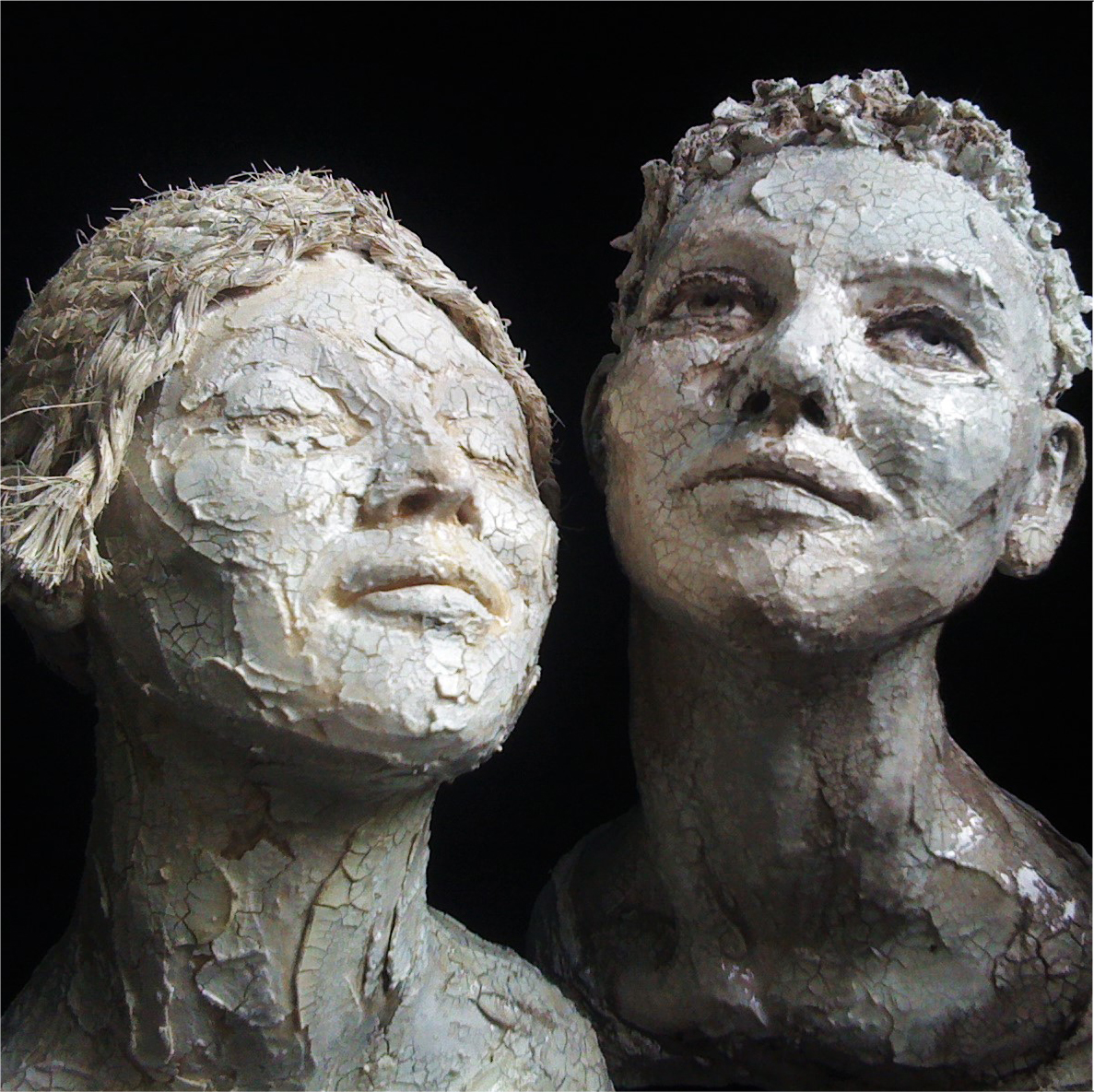

One is returned to ‘mother earth’ in the hollow of a cave-like structure. The enclosed darkness, silence and isolation of the chamber may evoke associations with the interior of a tomb. Gormley has remarked that Room is ‘both the cave and the man who withdraws into the cave’. Werner Herzog, filming the paintings deep inside the 30,000 year old Chauvet Pont-d’Arc cave in Southern France for Cave Of Forgotten Dreams was moved to say that the cave represented for him ‘the awakening of the modern human soul’ - the creation of ‘ something that we are still carrying in us 4’. Some scholars believe that the unusual acoustic quality of the caves was also valued. In myth and religion, caves are a place of retreat from the world and a portal to another supernatural or unconscious domain. Caves, for our ancestors, did not merely provide shelter but, as their drawings testify, were ceremonial sites - ‘locations of imagination’ 3 as the artist put it. Given the relatively narrow entrance and cavernous space, it may recall the primordial condition of humans as cave-dwellers. Room is likely to give rise to a number of other sensations and associations.

In fact, Turrell’s installations, which immerse the visitor in opaque coloured light, is close to what Room achieves with darkness. The window is a membrane dividing the spheres of infinite inner space and infinite outer space. For the chronically claustrophobic there is a high shuttered window which, when opened, reveals a James Turrell-like framed infinity of the sky.

Visitors to Room may feel incarcerated in the enclosed space or liberated by the shadowy limitlessness of the 10-metre high ceiling. The psychological predisposition of the visitor may be crucial: claustrophobia and its opposite agoraphobia are pathologies that disclose something about the relation of mind, body and space. This will partly depend on what or who they bring with them. Inevitably, people will respond to the experience of Room in different ways. 2 He wanted to create an analogue of the place you go when you close your eyes and dream - the dimension-less deep dark inner space beyond appearances. In a statement about the piece, Gormley has said that this project gave him the opportunity to ‘sculpt darkness’. Low lights placed in the depths of the limbs and head enhance the perception of depth. The shafts on either side of the bed are the base of the legs. As vision slowly adjusts to the dim light, the complex arrangement of geometric forms hovering above gradually comes into view one begins to make out the form of the figure: the slope of the back and shoulders and the entry point into the neck and head. Lying on the bed, one turns off the spots and darkness descends. Upon entering, one first sees the raised floor of the bed covered in plain white linen and spot-lit from above so that it glows softly with reflected light like the moon. The space, which is the void inside a crouching steel giant, is cavernous.

As Antony Gormley has declared, Room is an attempt ‘to bridge the gap between sacred and domestic space’. There is a ceremonial or ritual character to this passage to another place far removed from the luxurious decor of the suite and from the bustling city outside. The threshold is also marked by the treatment of the door frame which is a clean incision in the fabric of the building that allows one to see in cross-section the outer steel skin, foam insulation, a thin plywood layer and finally the thick dark fumed oak which clads the entire interior. Behind the curtain, there is narrow doorway reminiscent of the entrance to an Egyptian tomb. Room is approached via a corridor and a flight of nine white marble steps leading up to a threshold marked by a heavy black curtain. It forms part of a suite of rooms which, like the others in the Beaumont Hotel, is decorated in deco-style dark polished wood trim against white walls. The experience of being inside Room is difficult to describe and nearly impossible to photograph as it cannot be consumed as an image in fact, it was designed as an experiential work of art, an installation that can only be appreciated at first hand.


 0 kommentar(er)
0 kommentar(er)
